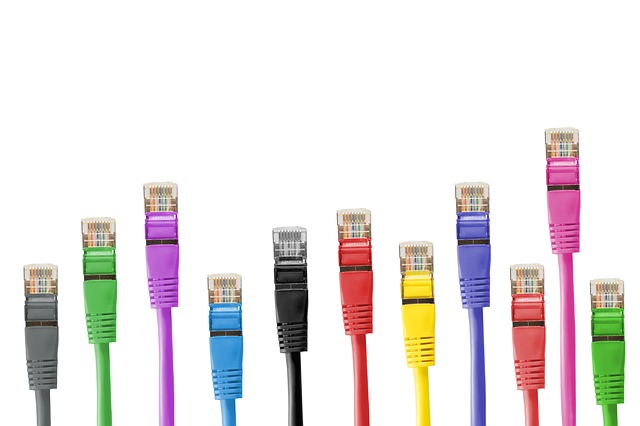ISDN with ipDTL for Voice Over Actors Now Possible
The voice over industry has been looking for a better alternative to remote recording without the hassle, bulk and expense of ISDN (Integrated Services for Digital Network) and it looks like Kevin Leach and his ipDTL team has given us the solution.
Former BBC sound engineer Kevin Leach developed ipDTL and launched the technology in 2013. Leach was able to get higher audio quality than ISDN by accessing a website through Chrome. ipDTL was able to deliver audio quality of 72 kbit/s mono for voice, 320 kbit/s for outside broadcasts with music, and 3 Mbit/s video at 1080p for video.
Two years after their launch, Leach announced an expansion of their Tel feature that would “bridge the gap between ISDN and IP technology.”
So what is the latest with ipDTL?
With just your computer and an internet connection you can now dial an ISDN line without the need of having your own ISDN line nor the hardware, and no extra call charges. This service though is available to all ipDTL Tel subscribers for free. Tel is an optional add-on to your ipDTL subscription that allows you to make unlimited calls to most landlines for a fee.
Learn more about this latest feature here.
Touching on the age-old debate of will it replace ISDN soon for voice over work…
This new feature definitely strengthens its edge against ISDN and ISDN bridging services. ipDTL has a growing popularity with American voice over actors, and global radio stations, and having this new freedom to connect long-distance at no extra expense, we may see an increase of its use overseas very soon.
The quality is so much better than using a phone line or Skype, add to that, the low-price and ease of use compared to other VoIP solutions, so ipDTL is a strong alternative to setting up a phone patch or using VoIP systems. With this latest feature and the prospect of the team developing software for IOS and Android services, it may leave ISDN and ISDN bridging services high and dry in the near future.
What do you think? Could ipDTL spell the end of ISDN for voiceovers and broadcasting?

